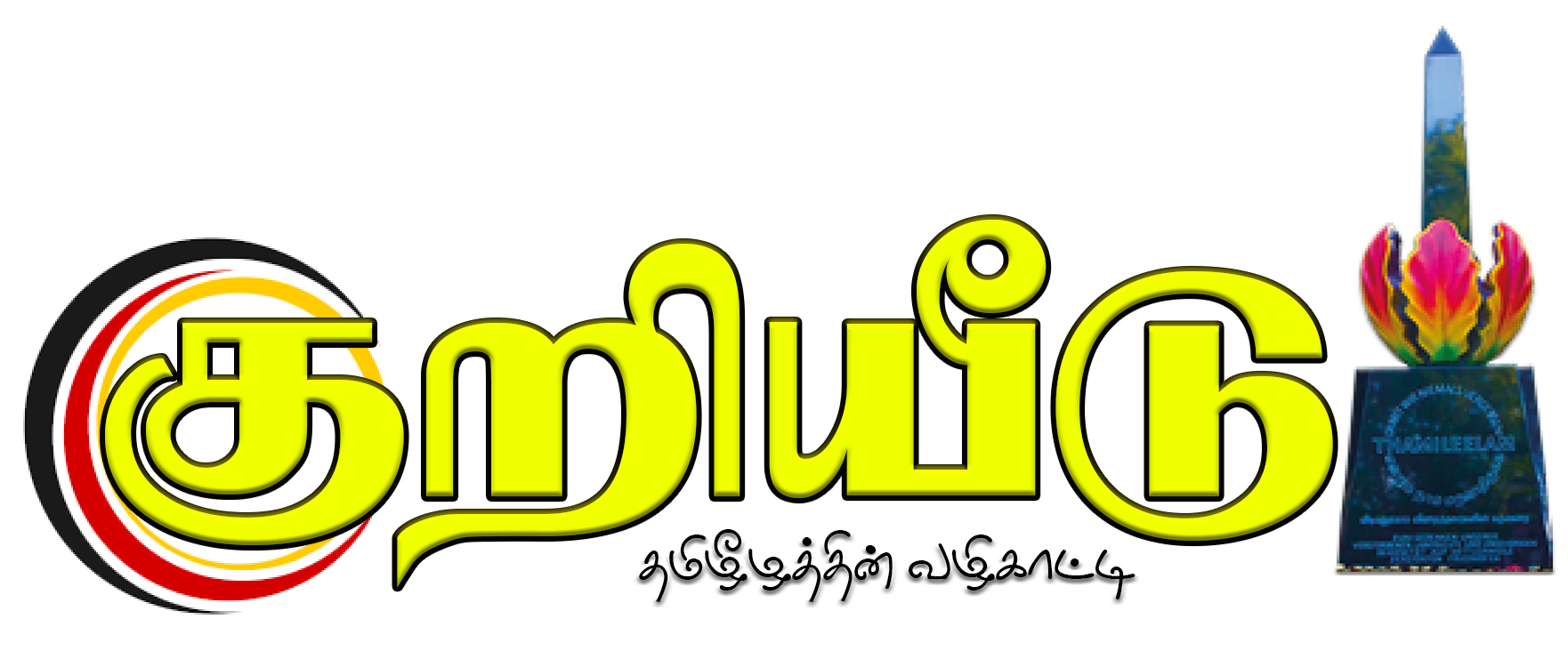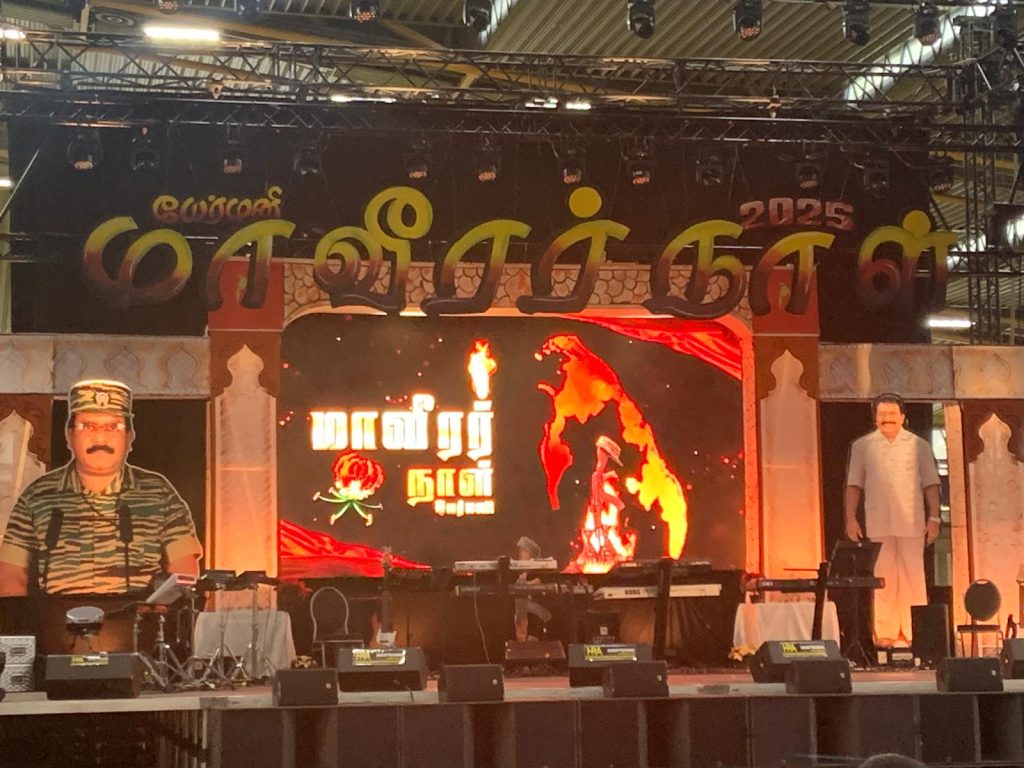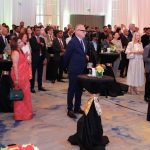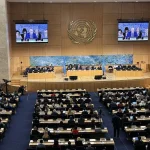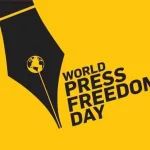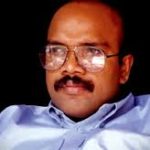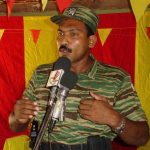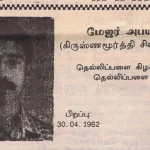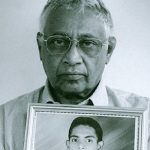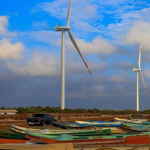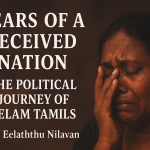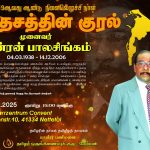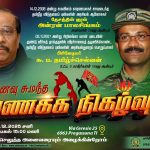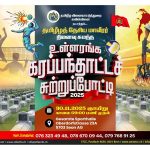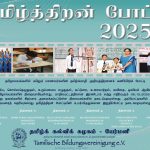 தமிழீழம் என்ற தனியான பிரிவு நீக்கப்பட்டமை சட்டவிரோதமானது என தெரிவித்து சாரா றோஸ் என்ற தமிழரல்லாத பெண்மணி ஒருவர் முறைப்பாட்டு கடிதம் ஒன்றை தாக்கல் செய்துள்ளார்.
தமிழீழம் என்ற தனியான பிரிவு நீக்கப்பட்டமை சட்டவிரோதமானது என தெரிவித்து சாரா றோஸ் என்ற தமிழரல்லாத பெண்மணி ஒருவர் முறைப்பாட்டு கடிதம் ஒன்றை தாக்கல் செய்துள்ளார்.
இதுபற்றி மேலும் தெரியவருவதாவது,
நீங்கள் பிறந்தநாடு எதுவென்ற கேள்விக்கு தமிழீழம் எனக்குறிப்பிடுவதற்கு ஒஸ்ரேலிய புள்ளி விபரத்திணைக்களம் வழிவகை செய்திருந்தது. ஆனால் சிறிலங்கா அரசின் நேரடி தலையீட்டை அடுத்து தமிழீழம் என்ற தனிக்குறியீட்டை தமது இணையதளத்தில் இருந்து நீக்கியது.
இதுதொடர்பாக ஒஸ்ரேலிய புள்ளிவிபரத் திணைக்களத்தை தொடர்புகொண்டபோது தாம் அவ்வாறு நீக்கியதாகவும் எனினும் தமிழீழம் எனக்குறிப்பிட்டாலும் அப்புள்ளிவிபரங்கள் வீணடிக்கப்படாமல் சிறிலங்கா என்ற பிரிவுக்குள் தன்னியக்க கணனி மூலம் சேர்க்கப்படும் எனவும் குறிப்பிட்டிருந்தனர்.
எனினும் இப்போது சாரா றோஸ் என்ற பெண்மணி தமிழீழம் நீக்கப்பட்டமை தவறானது என தெரிவித்து முறைப்பாட்டு கடிதம் ஒன்றை தர்க்கரீதியான நியாயங்களுடன் சமர்பித்துள்ளார்.
இத்தகைய நியாயப்படுத்தல்களை எடுத்துச்சென்று உரிய மட்டங்களுக்கு தெரியப்படுத்துவன் மூலமே தமிழர்கள் தமக்கான நிலையை தக்கவைக்கமுடியுமென சமூக செயற்பாட்டாளர்கள் தெரிவிக்கின்றனர்.
கடிதத்தின் முழுவடிவம் வருமாறு:
“Dear Australian Bureau of Statistics,
I wish to submit a complaint to the Australian Bureau of Statistics in regards to your correspondence with Ranjith Soysa who wrote to you requesting that Tamil Eelam be removed as a sub-country from the Australian census and consequently, ABS complying with this request. (http://www.sbs.com.au/…/tamil-eelam-removed-abs-due-joint-e…) In his letter, Mr Soysa asserts that there is no country called Tamil Eelam but the Tamil Tigers fought a war to create a country called Tamil Eelam.
I am incredibly dismayed to see that you have complied with Mr Soysa’s request and proceeded to apologise for causing offence without undertaking any further investigation or understanding into the matter.
As an Australian citizen of non-Tamil heritage, I find your actions of removing the term Tamil Eelam, highly offensive and as unknowingly contributing to the cultural genocide of the Eelam Tamil people.
The Term Tamil Eelam
The Tamil people of Eelam (formerly called Ceylon by the British, and at present, recognized as the sovereign state as Sri Lanka) are a distinct ethnic group with their own unique cultural practices living predominantly on the north and east of the island where they have traditional and historical links dating back thousands of years. The Eelam Tamil community thus shares a common history, tradition, culture, language and, sense of homeland.
Tamil Eelam is the name that the Tamils in Eelam use to refer to their homelands. A civil war was fought over this homeland existing as a separate state – however the term Tamil Eelam pre-dates the civil war. The term also continues to be used by the diaspora who do not wish to identify as Sri Lankan as they have fled genocide and persecution perpetrated by the Sri Lankan government.
Sinhala Versus Tamil Perspective: The Civil War
In your decision to remove Tamil Eelam as a census sub-code you have only considered the opinion of the Sinhalese community, who as aforementioned have supported a government that has historically sought to erase the Tamil identity through occupation and war as well as both physical and cultural genocide.
The civil war in Sri Lanka was based on tensions between two ethnic groups; the Sinhalese people who mainly live in the central and Southern parts of Sri Lanka – who are predominantly Buddhist and speak the Sinhalese language – and the Tamil people who as previously mentioned, live mainly in the North Eastern parts of the island, are predominantly Hindu and speak the Tamil language.
Historically, the two groups lived relatively harmoniously in their respective areas until the country was colonised and united under one administration. When Sri Lanka was colonised, English was made the national language. Due to American missionaries working in Tamil Eelam, many Tamils were taught and became fluent in English and thus held a large portion of government jobs. When Sri Lanka gained its independence, Sinhalese members of the government sought to make Sinhala the national language of the country. The Tamil people tried both politically and through peaceful protests, such as fasting and meditating outside parliament, to argue for both Sinhala and Tamil becoming the national languages of Sri Lanka.
The peaceful protests of the Tamil people were met with violence from Sinhala mobs and by the Sinhalese government security forces. The Sinhala only act was eventually passed in parliament making Sinhala the national language and resulting in the majority of the Tamil people who composed 70% of the government losing their jobs because although fluent in English, could not speak fluent Sinhalese. This was the first step in a series of measures that institutionally discriminated against the Tamil people.
Many Tamil youth angered by the worsening treatment of their people began to organise groups amongst themselves to campaign for the rights of Tamils and to defend themselves against state violence. After one retaliation against military in the North, the Sri Lankan government fuelled tensions amongst Sinhala people and released government registration lists which contained the addresses of all the Tamil homes and businesses in the capital city of Sri Lanka, Colombo. Sinhala mobs raided the streets burning Tamil businesses and homes; they pulled Tamil people out of their homes and set them on fire, stripped them naked, beat them and tortured them.
Originally reported in London’s Daily Telegraph (July 26) and republished in Tamil Guardian witnesses present the following account of the pogrom:
“Motorists were dragged from their cars to be stoned and beaten with sticks. Others were cut down with knives and axes. Mobs of Sinhala youth rampaged through the streets, ransacking homes, shops and offices, looting them and setting them ablaze, as they sought out members of the Tamil ethnic minority. A mob attacked a Tamil cyclist riding near Colombo’s eye hospital. The cyclist was hauled from his bike, drenched with petrol and set alight. As he ran screaming down the street, the mob set on him again and hacked him down with jungle knives. ”
Author William McGown in his book The Tragedy of Sri Lanka quoted the following recount:
“While travelling on a bus when a mob laid siege to it, passengers watched as a small boy was hacked ‘to limb-less death.’ The bus driver was ordered to give up a Tamil. He pointed out a woman who was desperately trying to erase the mark on her forehead – called a kumkum – as the thugs bore down on her. The woman’s belly was ripped open with a broken bottle and she was immolated as people clapped and danced. In another incident, two sisters, one eighteen and one eleven, were decapitated and raped, the latter ‘until there was nothing left to violate and no volunteers could come forward,’ after which she was burned. While all this was going on, a line of Buddhist monks appeared, arms flailing, their voices raised in a delirium of exhortation, summoning the Sinhalese to put all Tamils to death. ”
These accounts are also corroborated by author Gordon Weiss who quoted a similar account in his book, The Cage: The Fight for Sri Lanka and the Last Days of the Tamil Tigers:
“Mrs Eli Skarstein, back home in Stavanger, Norway, told how she and her 15 year old daughter, Kristen witnessed one massacre. ‘A mini bus full of Tamils were forced to stop in front of us in Colombo’, she said. A Sinhalese mob poured petrol over the bus and set it on fire. They blocked the car door and prevented the Tamils from leaving the vehicle. ‘Hundreds of spectators watched as about 20 Tamils were burnt to death.’ Mrs. Skarstein added: ‘We can’t believe the official casualty figures. Hundreds, maybe thousands, must have been killed already. The police force (which is 95% Sinhalese) did nothing to stop the mobs. There was no mercy. Women, children and old people were slaughtered. Police did nothing to stop the genocide. ”
After the pogrom, thousands of Tamil people fled to their homelands or sought refuge in other countries – thus the civil war began to unfold. In the final days of the civil war, the government established ‘no fire zones’ in the Tamil homelands where they directed civilians to go if they wanted to escape the government shelling. After civilians travelled to these areas, the government would shell them specifically – in particular targeting Red Cross marked hospitals. It is estimated that between 40 000 – 70 000 Tamils were killed by the government in the final days of the war .
There is no denying that the Tamil Tigers equally committed acts which are condemnable but it should in no way overshadow or deny the persecution experienced by the Tamil people and Tamil Eelam as a term referring to an area of land which pre-dates the civil war.
Present Day Situation
At present, although the war is over – the Eelam Tamils continue to experience discrimination and oppression. There is a ratio of 6 Sinhalese military soldiers per 1 civilian in Tamil Eelam , many of whom live on the land of Tamil people who had to flee during the war. Many widows of the war face sexual harassment from the army and other government security forces, in 2015, four soldiers were charged for the gang rape of a Tamil woman; at this time there were 39 other cases before the courts “with most of the victims being children” . Heavy military presence is an example of how the fundamentalist state uses oppressive tactics to maintain its hold over a historically Tamil area and also contribute to the sense of being under occupation.
As a result of the ongoing attempts to erase the Eelam Tamil identity, the Sri Lankan government and its nationalist followers continually attempt to suppress and silence any discourse or education around the atrocities committed during the war and the self-identification of the Eelam Tamils.
Thus, it is highly distressing and offensive for Eelam Tamils to be forced to identify as ‘Sri Lankan’.
Definition of a Country
The Australian Bureau of Statistics under Definition of a Country includes:
“Regions under disputed ownership or control (e.g. Western Sahara region of North Africa)”
Tamil Eelam by definition is a region of disputed ownership or control evident by both the civil war over the region and the ongoing military occupation and attempts to own and control the land.
Hence we request that the Australian Bureau of Statistics reinstates Tamil Eelam under a separate country code under a geographical area in dispute, just as the West Bank and Gaza are categorised.
Warm Regards,
Sarah Ross
